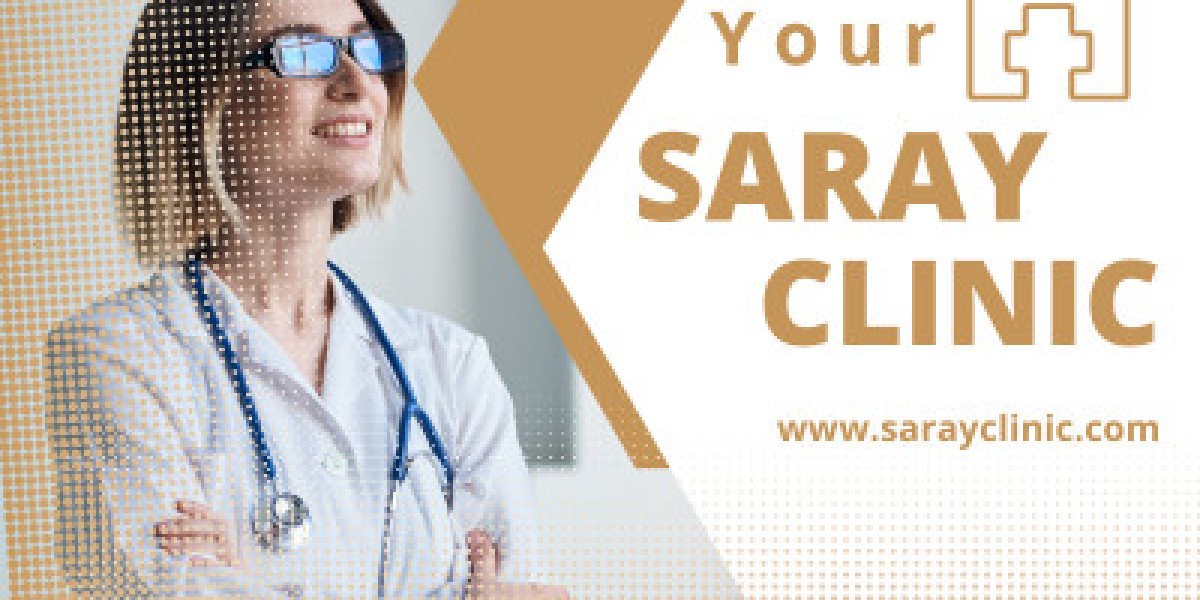Attention-Deficit/Hyperactivity Disorder (ADHD) is a neurodevelopmental condition that affects both children and adults. It is characterized by symptoms of inattention, hyperactivity, and impulsivity that can significantly impact daily functioning and quality of life. Understanding ADHD involves recognizing its complexities, challenges, and the strategies that can aid in managing it effectively. This article aims to provide key insights into ADHD and offer practical strategies for its management.
What is ADHD?
ADHD is a condition that affects the brain's ability to regulate attention, impulse control, and activity levels. The exact cause of ADHD is not fully understood, but it is believed to involve a combination of genetic, neurological, and environmental factors. The disorder is typically diagnosed in childhood, though it often persists into adulthood.
Symptoms of ADHD
ADHD is characterized by a range of symptoms which are categorized into two main types: inattention and hyperactivity-impulsivity. The symptoms can vary widely between individuals and can manifest differently depending on age and developmental stage.
This may include difficulties sustaining attention, frequent mistakes in schoolwork or other activities, difficulty organizing tasks, and forgetfulness in daily activities.
This can involve excessive fidgeting or restlessness, difficulty staying seated, talking excessively, interrupting others, and difficulty waiting for one’s turn.
Types of ADHD
There are three main types of ADHD, classified based on the predominant symptoms:
Individuals primarily struggle with inattention. They may find it hard to focus on tasks and follow through with instructions.
Individuals mainly exhibit hyperactive and impulsive behaviors. They may have trouble staying still and waiting their turn.
This involves a combination of both inattentive and hyperactive-impulsive symptoms.
Diagnosis of ADHD
Diagnosing ADHD involves a comprehensive evaluation by a healthcare professional. This process typically includes:
The clinician gathers information about the individual’s symptoms, history, and behavior from multiple sources, including parents, teachers, and the individual themselves.
Standardized questionnaires and rating scales are used to assess the severity and frequency of ADHD symptoms.
Direct observation of behavior in different settings, such as at home and school, can provide additional insights.
It is important to differentiate ADHD from other conditions with similar symptoms, such as anxiety disorders, learning disabilities, and mood disorders.
Strategies for Managing ADHD
Effective management of ADHD involves a combination of medical, behavioral, and lifestyle strategies. These approaches can help alleviate symptoms and improve overall functioning.
1. Medication
Medications are often prescribed to help manage ADHD symptoms. The two main categories of ADHD medications are:
These are the most commonly used medications for ADHD and include drugs like methylphenidate (Ritalin) and amphetamines (Adderall). They work by increasing the levels of certain neurotransmitters in the brain, which can improve attention and reduce hyperactivity and impulsivity.
For those who do not respond well to stimulants or experience significant side effects, non-stimulant medications like atomoxetine (Strattera) or guanfacine (Intuniv) may be prescribed.
2. Behavioral Therapy
Behavioral therapy can help individuals develop coping strategies and improve their behavior. Techniques used in behavioral therapy include:
This focuses on changing negative thought patterns and behaviors associated with ADHD.
Parents can learn strategies to help manage their child's behavior and create structured environments that support positive behavior.
This helps individuals develop better interpersonal skills and improve their ability to interact with others.
3. Organizational Strategies
For individuals with ADHD, organizing daily tasks and managing time can be challenging. Implementing strategies to improve organization can be highly beneficial:
Keeping a planner or using digital reminders can help individuals keep track of appointments, deadlines, and tasks.
Establishing consistent daily routines can help reduce forgetfulness and increase productivity.
Dividing larger tasks into smaller, manageable steps can make them seem less overwhelming and easier to complete.
4. Lifestyle Modifications
Lifestyle changes can also play a crucial role in managing ADHD:
A balanced diet rich in fruits, vegetables, lean proteins, and whole grains can support overall brain health and improve focus.
Physical activity can help reduce hyperactivity and improve attention. Engaging in regular exercise, such as walking, swimming, or sports, is beneficial.
Ensuring sufficient and quality sleep is essential for cognitive function and overall well-being. Establishing a regular sleep routine can help improve sleep quality.
5. Support Systems
Building a strong support system is vital for managing ADHD:
Engaging family members in understanding and supporting ADHD management can provide a stable and encouraging environment.
Schools can provide accommodations and support, such as extra time on tests or preferential seating, to help students with ADHD succeed academically.
Connecting with others who have ADHD through support groups can provide valuable insights and emotional support.
Conclusion
Understanding ADHD requires acknowledging its multifaceted nature and recognizing the diverse ways it can affect individuals. Effective management involves a combination of medical treatment, behavioral therapy, organizational strategies, lifestyle modifications, and robust support systems. By employing these strategies, individuals with ADHD can enhance their ability to manage symptoms, improve their quality of life, and achieve their personal and professional goals.








